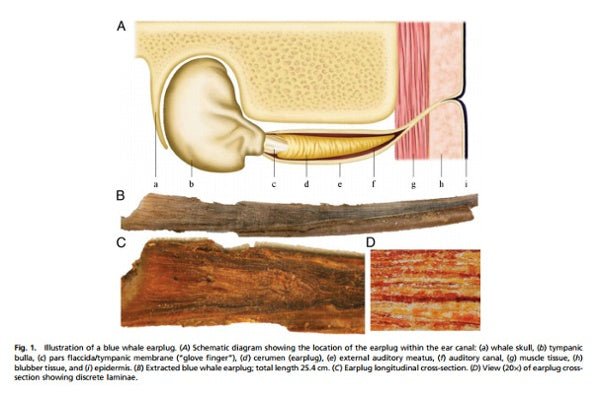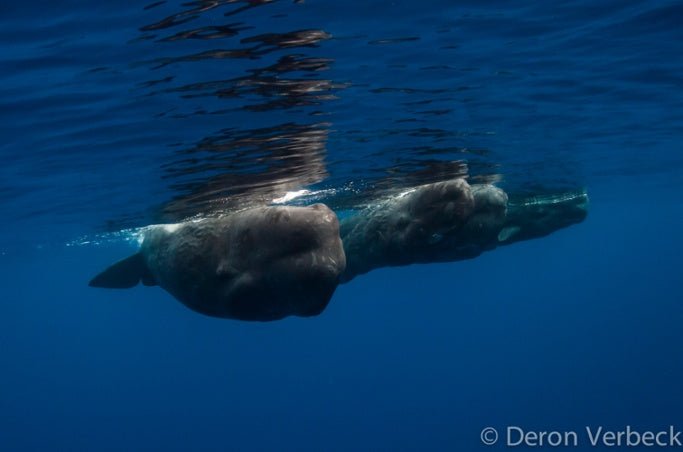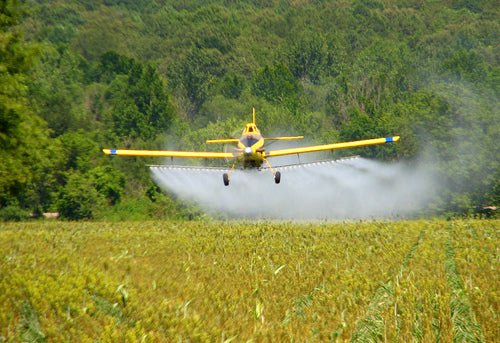
The Connection Between Blue Whales and Organic Cotton Clothing
The blue whale is the largest creature to ever roam the earth. They can weigh up to an astounding 330,000 pounds, which is as much as 24 elephants, and can grow to be longer than 100 feet. They are also estimated to live as long as humans, and sadly they're an endangered species.
Several years ago while fishing for tuna and yellowtail my friends and I came across the research vessel seen in the documentary above (which is well worth watching). After talking with these scientists and watching them work I became infatuated with these magnificent creatures.
I even spent many days off the coast of Mexico in the open ocean trying to get video of them underwater. However after 50 or so dives I gave up, with a cruising speed of up to 20 knots these whales turned out to be very difficult to get in front of in the open ocean.
And while I never got to see them underwater I've felt a kinship, a connection, just watching them from the surface the last ten or so years, but I never thought that a creature living its life in the seemingly endless blue ocean could have a connection to me, or more appropriately the products I consumed, but that's precisely what science has recently revealed.
Blue whale ear wax, like rings of a tree, can be used as an indicator of growth. This is important because unlike blubber samples ear wax samples can can determine when a whale came in contact with chemicals and for how long. The 10 inch ear plug for this study came from a blue whale that was 70 feet long and estimated to be 12 years old, it was struck by a ship in the Santa Barbara Channel in California and had washed up on shore.
As stated in the study found here:
"These unprecedented lifetime profiles (i.e., birth to death) were reconstructed with a 6-mo resolution for a wide range of analytes including cortisol (stress hormone), testosterone (developmental hormone), organic contaminants (e.g., pesticides and flame retardants), and mercury."
"Early periods of the reconstructed contaminant profiles for pesticides (such as dichlorodiphenyltrichloroethanes and chlordanes), polychlorinated biphenyls, and polybrominated diphenyl ethers demonstrate significant maternal transfer occurred at 0–12 mo. The total lifetime organic contaminant burden measured between the earplug (sum of contaminants in laminae layers) and blubber samples from the same organism were similar."
This unique approach to quantify contaminant lifetime profiles for an individual blue whale is unprecedented because it is extremely rare and difficult to obtain lifetime chemical profiles for most of earth's animals. And by allowing us to understand the accumulation of chemicals from birth to death we can get a greater idea of their impact, and hopefully provide lawmakers with information so they can take appropriate steps to eliminate them.
While no one can determine the impact of the contaminants on the health of the blue whales today I think we could all agree if a blue whale in the open ocean can bio-accumulate flame retardants and pesticides in its blubber and ear wax then the ocean is either a lot smaller than one might imagine or we use a heck of a lot more chemicals then we might imagine. (The fact is we use over 1 billion pounds of pesticides in the United State each year and approximately 5.6 billion pounds are used worldwide.)
In either case it seems this is another example of "We're all connected on land and sea". And the question for us today is this:
Is it acceptable to have all of these chemicals accumulating by the billions of pounds on our agricultural lands, seeping into our drinking water, and when it rains dumping into our rivers, lakes, streams and oceans, and ultimately accumulating in a blue whale's ear wax in the open ocean?
I think we would all agree this is not acceptable, it's insanity. So what can we as individuals actually do about it? Our job is to make informed decisions and embrace companies that are making products or services in ways that are less impactful.
When I started PuraKai I never could have imagined that a blue whale could be connected to organic cotton clothing, but the science is pretty clear, by choosing to support organic agriculture instead of synthetic chemical based farming you're helping to keep synthetic pesticides and herbicides off the fields, which just might help keep them out of a blue whale in the open ocean.
What are your suggestions to help cut down on the chemicals used in the USA?







Leave a comment
This site is protected by hCaptcha and the hCaptcha Privacy Policy and Terms of Service apply.